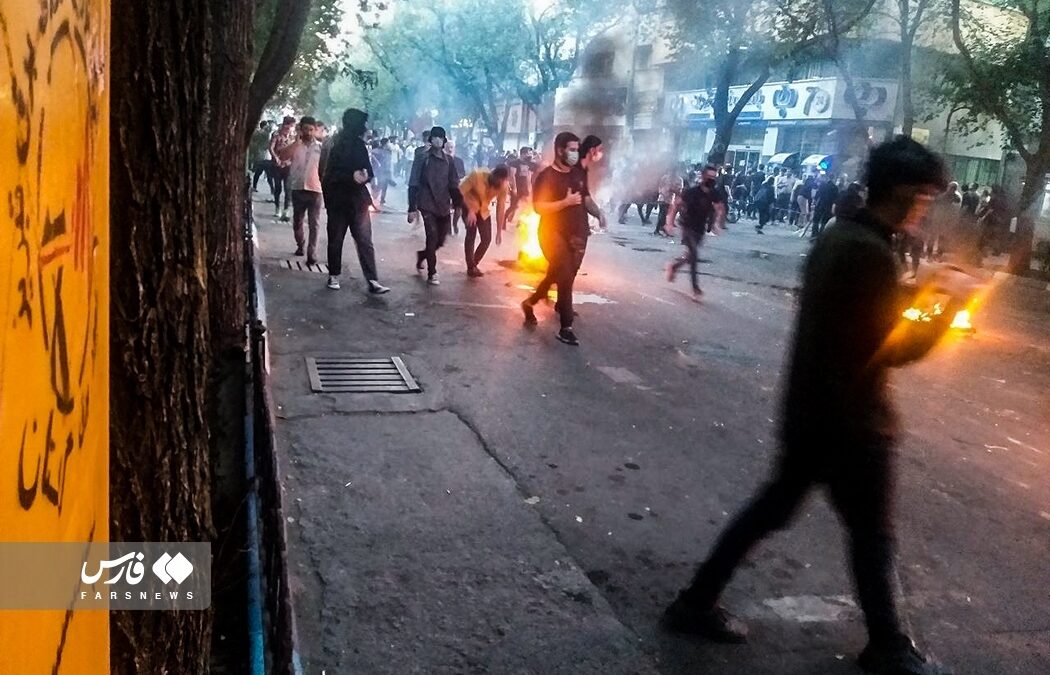Iran is contributing to conflict and tension in the Middle East with its support for the Houthis in Yemen, Hezbollah in Lebanon, Hamas in Gaza and Shiite militias in Syria and Iraq. Israel now faces a much stronger opponent than during the 1967 Six Day War and the 1973 Yom Kippur War, when Israel was able to demonstrate superior military strength against a number of Arab countries.
This time the adversary is a Persian-led Axis of Resistance, as it calls itself, which has successfully drawn Israel into a difficult war in Gaza that has cost civilian lives and damaged Israel's international reputation. Moreover, Israel is at risk of being drawn into a multi-front war in which its opponents are militarily better equipped and organized than any adversary Israel has faced since its creation in 1948.
However, while Iran is outwardly trying to realize its regional superpower dreams of taking a leading role in the Muslim world, the Iranian regime is facing opposition at home due to its serious human rights violations.
For several years, there have been regular popular protests, most recently under the slogan: Women, Life, Freedom, which was catapulted after a 22-year-old female protester, Mahsa Amini, died in Iranian police custody in 2022.
Pressure breeds counter pressure - which benefits the convert church
Iran is the only country in the world ruled by clerics (ayatollahs). When people experience being subject to strict Islamic rules in all areas of life, including clothing and food, it creates a backlash - not only against the regime, but also Islam. Iranians know what freedom they had under the Shah, whom the Islamists overthrew in 1979. And the backlash is helped by the country's notoriously poor economy as a result of international sanctions.
Many Iranians are seeking alternatives to Islam. According to a poll on Iranian attitudes towards religion conducted by social science researchers at Dutch universities, published by Gamaan, 8.8 % of the population in 2020 were atheists, while 72 % opposed the legal requirement for women to wear hijab. 1.5 % of the population were Christians according to the same survey, amounting to just over one million, far higher than the regime's latest official figure of 117,500, which only includes Christian ethnic minorities like Assyrians and Armenians.
An estimated one million Iranian Muslims have converted to the Christian faith. They must meet secretly in underground churches. Under the Shah, only an estimated 500 Muslims had converted to the Christian faith. Despite harsh persecution of Christian converts, Iran is now the Muslim world's soft spot, where openness to the Jesus of the Bible is greatest. The task for the convert church is that interest in Christianity must not only be translated into Western lifestyle and secularism. Instead, the spiritually seeking Iranians must have personal encounters with Jesus and become rooted in faith in him and his word.






